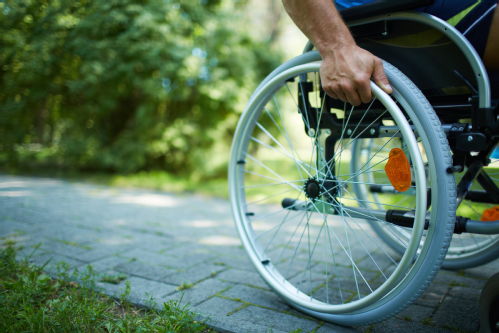What is Spinal Muscular Atrophy?
Spinal muscular atrophy (SMA) is an inherited neuromuscular condition affecting the lower motor neurons in the spinal cord, called the 'anterior horn cells'. These cells are vital for relaying nerve messages between brain and muscle to enable movement.
When a person has SMA, these cells deteriorate which means that nerve messages cannot be properly 'relayed' between brain and muscle. The person's muscles then begin to waste or 'atrophy' due to lack of stimulation and use.
The nerve cells that are mostly affected by SMA are those that enable walking, crawling, arm and hand movement, hand and neck movement and swallowing (Jennifer Trust, 2012). The muscles that support breathing can also be affected in a person with SMA.
SMA has a range of clinical presentations and severities. These severities have been classified into 'types' of SMA (types I-IV) and each type is associated with a different age of onset and anticipated trajectory. However, even within the types of SMA, there can be a lot of individual variation and each person with SMA experiences it differently. It has been suggested in the literature that it is perhaps more useful to think of SMA as having a 'spectrum' of severities rather than distinct types. However, for diagnostic and prognostic purposes, the typing system continues to be used by many medical professionals involved in treating and managing people with SMA.

